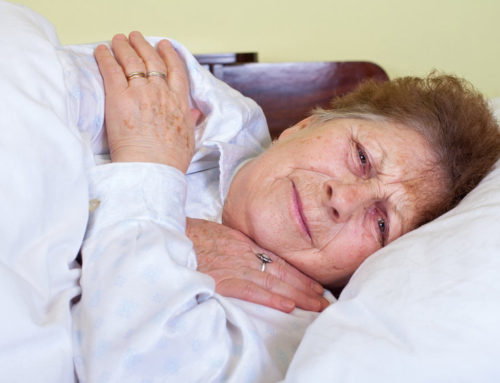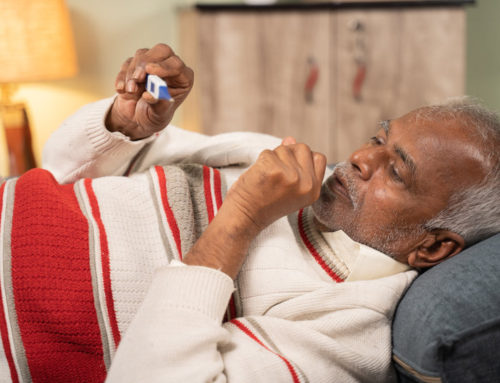Share This Story!
What Is A Stroke?
Ablood artery that carries oxygen to the brain during a stroke gets blocked or obstructed, and the lack of oxygen kills the brain cells, affecting certain brain regions. There are several types of strokes, and all of these strokes can lead to death if not handled immediately. Strokes are the 5th leading cause of death in the United States of America. The FAST acronym is a quick way to identify if someone is suffering from a stroke.
What are the different types of strokes?
A stroke results from a lack of oxygen to the brain due to several different issues or preexisting conditions affecting the arteries and blood vessels in the body. Here is a list of the different types of strokes.
Ischemic stroke
This type of stroke is caused by fat deposits obstructing a blood vessel. Over 60% of strokes are considered ischemic strokes.
Hemorrhagic stroke
A ruptured blood vessel is the cause of a hemorrhagic stroke. After the vessel ruptures, blood accumulates on the brain and adds unnecessary pressure. A brain aneurysm is an example of a hemorrhagic stroke.
Transient ischemic attack (TIA)
A TIA is a mini-stroke that lasts for 5 minutes or less. There is no way to distinguish between a TIA and a significant stroke because both block oxygen to the brain, and patients exhibit similar symptoms.
Cryptogenic stroke
Blood clots that prevent blood from flowing to the brain are cryptogenic strokes. Doctors also label strokes without a specified cause cryptogenic.
Brain stem stroke
Brain stem strokes are sometimes caused by a blood clot in the brain region. Symptoms include vertigo, dizziness, double vision, and slurred speech.
What is Think FAST?
This acronym stands for 3 different symptoms that are usually signs of someone having a stroke. F stands for face drooping. When someone has a stroke, one side of the face will become limp or numb. A represents arm weakness, and ask the person to raise both arms together. If the person has difficulty and one arm droops to the side, this could signify a stroke. S represents slurred speech. Difficulty forming a complete sentence or speaking is a sign of a stroke. T means time. Strokes require immediate medical attention, so call 911 as soon as possible.
Do I Call 911?
Yes, people should call 911 immediately if someone is exhibiting stroke symptoms. Time is crucial during strokes, and Think FAST helps people quickly identify an attack and get help. Please reach out to a medical professional for help regarding a stroke.





